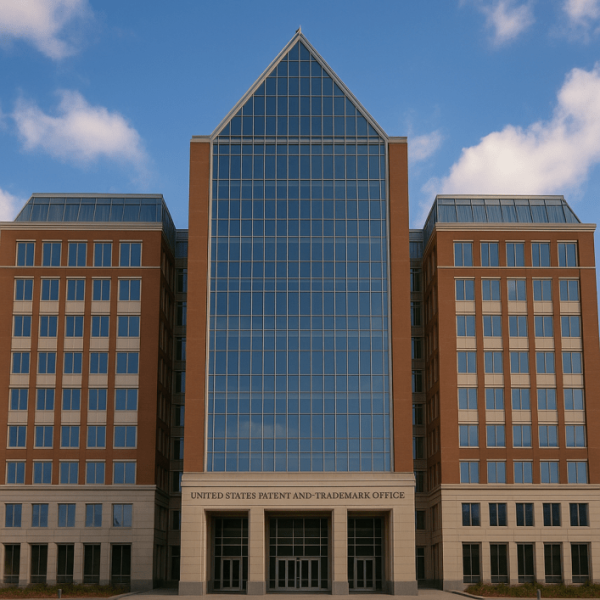
USPTO
Table of Contents
- What is the USPTO?
- History and Evolution
- Mission and Responsibilities
- Organization and Structure
- Operations and Statistics
- Recent Developments and Reforms
What is the USPTO?
The United States Patent and Trademark Office (USPTO) is the federal agency that grants U.S. patents and registers U.S. trademarks. It operates under the Department of Commerce and is responsible for protecting intellectual property rights by issuing patents and registering trademarks. The USPTO serves as a critical driver of innovation and economic growth in the United States.
History and Evolution
The origins of the USPTO date back to 1790 with the first U.S. patent issued under the Patent Act of 1790. Over time, the agency evolved through major reforms, including the Patent Act of 1836, the creation of the modern Patent Office, and eventually its renaming in 2000 to the United States Patent and Trademark Office. It moved to its current Alexandria, Virginia headquarters in 2005 and operates regional offices across the U.S.
Mission and Responsibilities
The USPTO's mission is to «promote the Progress of Science and useful Arts» by granting exclusive rights to inventors and businesses. It examines patent and trademark applications, advises the U.S. government on IP policy, and engages internationally to promote strong IP systems. Its work helps protect innovations, attract investments, and support the economy.
Organization and Structure
Led by the Under Secretary of Commerce for Intellectual Property, the USPTO is divided into two main divisions: Patents and Trademarks. The agency employs over 14,000 people, including thousands of examiners. Its regional offices enhance accessibility across the country. Unlike many federal agencies, the USPTO is fully fee-funded by applicants and does not rely on taxpayer dollars.
Operations and Statistics
The USPTO receives hundreds of thousands of applications annually. In 2021, it processed over 650,000 patent applications and nearly 944,000 trademark applications. Examiners review each submission for legal and technical criteria. Patent grants typically last 20 years, while trademarks can be renewed every 10 years.
Recent Developments and Reforms
Recent reforms include the America Invents Act, which introduced the «first-inventor-to-file» system. The USPTO also created the Patent Trial and Appeal Board (PTAB) and adopted AI tools to assist in examination. In 2024, it confirmed that only human inventors are recognized in patent applications. Ongoing modernization includes full digital workflows, faster patent issuance, and updated examiner guidance.
For more information, visit the official USPTO website or the USPTO Wikipedia page.


